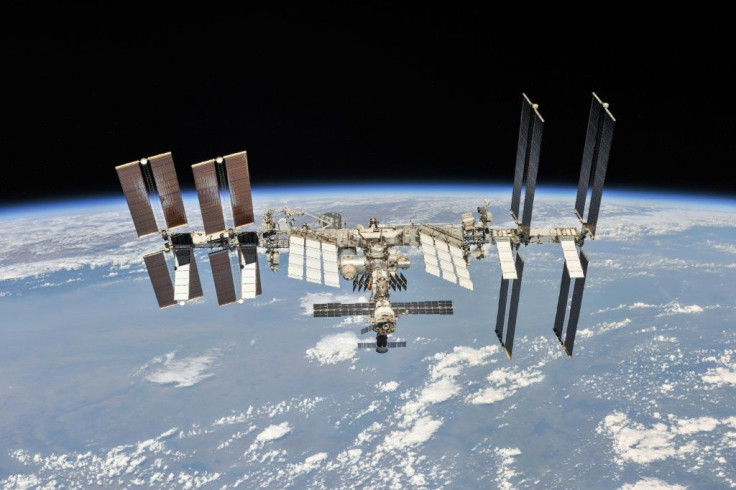Fleet Of Massive UFOs Underwater Spotted From Space By ISS, Expert Claims

KEY POINTS
- A fleet of UFOs on Earth was spotted from the ISS
- The UFOs came from the ocean
- Each UFO was about 1.5 kilometers long
A UFO expert claimed that a photo taken by NASA from space shows a fleet of massive alien vessels on Earth. According to the expert, the UFOs were photographed as they were emerging from the ocean.
The image of the alleged UFOs was spotted by Scott Waring of ET Data Base. He said he came across the strange image while viewing the live footage streamed by NASA from the cameras mounted on the ISS.
As he was viewing the video feed from the ISS, Waring spotted three strange objects on Earth. According to the UFO expert, parts of the objects appeared to be submerged in the ocean. After analyzing the clip, Waring noted that the objects were alien vessels that were initially underwater.
Based on their appearance, Waring said the objects were captured on film as they were preparing to emerge from the ocean. He estimated that each of the objects was around 1.5 kilometers long.
“This is some cool footage of three UFOs rising up out of the ocean,” he wrote in a blog post. “Each UFO is about 1.5 km long...and one of them is still half underwater. UFOs have been reported by pilots that size, so it’s not unusual at all.”
According to Waring, the alleged alien vessels were flying in formation. He believes that as soon as the UFOs have emerged from the water, they would wait for a while before flying away. He said UFOs with bases underwater usually do this in order to dry off. Waring claimed that leaving Earth’s atmosphere to venture into space while still wet could damage the ship.
“The UFO on the far left is the leader of the fleet,” Waring explained. “You can see the UFO on the far left is about 75% out of the water, the center UFO is 45% and the UFO on the far right is only about 20% out of the water.”
“Once the UFOs have left the water, they must wait in position for a few minutes until most water has fallen off the ship, because the water can cause hull damage when heating up fast and freezing fast exiting our atmosphere,” he continued.
© Copyright IBTimes 2024. All rights reserved.





















